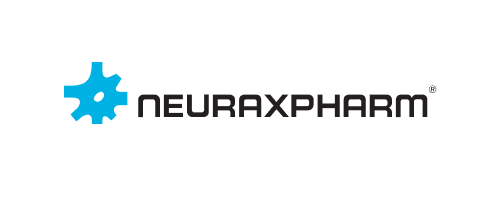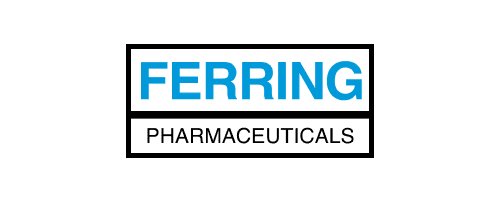Empowering Quality Teams
with Unified QMS and Data
Simplified 185 procedures to 16 by retiring, eliminating, or updating
400 studies brought into the system; 1,000 suppliers aligned with procurement
Harmonized key processes around deviations, audits, lab investigations, and manufacturing change control
“We’re now really starting to add value to the business. Not only can we see how to become more compliant and inspection-ready, but we can more readily identify problem areas that the business needs to focus on in order to improve.” – Associate Director of Tech Ops and Quality
Like many companies, one biopharma has sped growth and diversified its pipeline through strategic acquisitions and integrations.
By scrutinizing the fit between quality processes and procedures after an integration, business leaders melded best practices within a framework of globalization, harmonization, and simplification. As a result, flexible, out-of-the-box solutions, were added to the company’s own agile practices.
The company also implemented Veeva QualityDocs and Veeva QMS, which had rolled out shortly before an acquisition, to further standardize and harmonize quality data and documentation and reduce manual processes. Up until that point, the company had used a legacy system for both document and quality management. Opting for an agile approach, the company formed a cross-functional implementation team with representatives from IT, compliance, tech ops, quality, and business management.
Agility for data migration success
The team’s first challenge was unifying data and documentation within a new Veeva Quality platform, drawing from an old legacy system and the acquired company’s initial Veeva Quality installation.
The company divided implementation into two phases, starting with Veeva QualityDocs and then moving on to Veeva QMS.
When deciding which QMS features to include, the team took an agile “minimum viable product” approach that allowed everyone to define and agree on the minimum must-haves while allowing for future inclusion of additional value-add features. Leaders also scheduled demos at the end of each sprint to show the team’s achievements before formal testing. These demos allowed the team to “fail fast” and speed design based on quick feedback from business leaders.
Striving for data-driven quality management
So far, the new Veeva Quality solution has helped the company harmonize processes for key quality operations including deviations, CAPA, laboratory investigations, audits, customer audits, and complaints. It has also streamlined procedures, pruning more than 60 SOPs and allowing another 125 to be set aside for retirement or updating.
The new QMS has enabled better quality oversight and reporting by establishing consistency and one source of truth for all quality metrics, processes, and workflows. This data-driven foundation will enable the team to create new KPIs in crucial patient-focused areas such as complaints management and add value to the business by improving efficiency.
In addition, establishing a unified quality foundation should make it easier to update governance models.
Data-driven insights will also help the company’s quality team add business value and contribute to overall operational excellence.
Quality management simplified
The new QMS will help improve output from data analytics and master data management, enabling proactive quality and better cross-functional decisions. In the long term, the company expects master data management to become a major focus because it allows closer connections between quality data and data from other departments, such as regulatory and safety.
Such connections will be vitally important when dealing with issues such as changes to IDMP (Identification of Medicinal Products) regulations, “Quality departments work with multiple databases and systems but don’t always own the master data. To enable reporting across systems, we need to understand who owns them and how we can best align with them.”
The company appreciates the possibility of aligning QMS and product hierarchy while also connecting Veeva Quality with other Vaults. Such connections improve efficiency by reducing manual processes across functions in areas such as manufacturing change control.
For more insights into Veeva QMS, please watch this demo.



